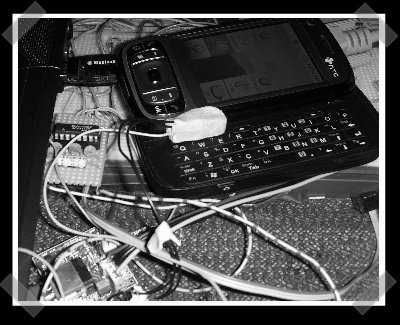
An anonymous Slashdot reader asked today what was the best digital television to analog converter box. He was looking for one with the best hacking potential. We actually purchased a Zenith DTT900 HD converter box this summer specifically wondering about the hacking potential. We did a teardown and you can find a full gallery on Flickr. Our conclusion was this: there’s not much there. You’re talking about a box that takes a digital RF signal and turns it into a crappier looking analog signal over composite. There isn’t much you can do outside of its designed use. Do you have any ideas what else can be done with it?
Slashdot commenter [timeOday] did mention a Tivax brand box that features a serial port. You can use it to issue remote commands to the box.
Not much has been said about the actual coupons. We’ve got a scan of them embedded below. The $40 coupons are essentially credit cards. We ran ours through a magstripe reader confirming this. Even though the card isn’t stamped with the recipient’s name, it is stored on the magstripe.















